In 1830 French Romanticism truly bloomed with Victor Hugo’s Hernani and Berlioz’s Symphonie Fantastique, both works that fully embraced Diderot’s mandate: the Symphonie Fantastique, with its programatic autobiographical backdrop and dense intertwining of the spheres of composer and composition, would, in a performance that Berlioz himself conducted, have been the zenith of the problem Diderot saw: Berlioz the conductor was simultaneously the author, the character, and the performer in his musical works.
”How accurate is the mythology surrounding the recording of Exile On Main Street?
The wild nights, the orgies, the drug taking! I remember it well. Every bit of it!
I mean, it was a lot of fun – but there were a few bumps. It was a bumpy period, historically. There was a war going on, the Nixon thing was happening. Tax was through the roof. It was very difficult. The end of the ’60s felt very strained.
But despite all the excesses, it was quite a creative period. When you’re quite young, you can get away with that.” ( Mick Jagger )
The Rolling Stones, Vicor Hugo, Hector Berlioz and his opium induced visions. The romantic roots of rock n’ roll, the agony, suffering, pain, tragedy, passion, anger, agony, and wallowing in the pathos of self-pity were well established by the time Berlioz realized Symphone Fantastique. It is as if Mick Jagger and Keith Richards were part of this thread of Bohemians; who somewhat of predated Freud regarding his obssesive preoccupation with love and death ( Eros and Thanatos ), but imbued it as well with a more subtle and refracted premise; Berlioz wove the Shakespearian / Virgilian concept into the universal perception as evinced in “Romeo et Juliette ” and ” Les Troyans ”
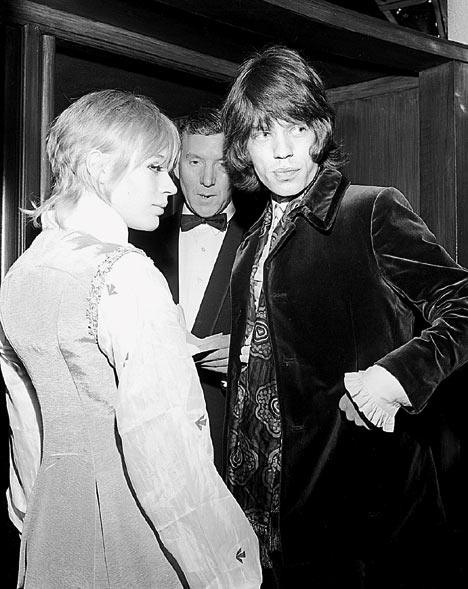
www.legendsrevealed.com She was going to play Kelly’s sister in the film, but soon after she arrived in July of 1969, it was clear to her that her relationship with Jagger was deterioating, so the day after the landed in Australia, Faithfull landed in the hospital from an overdose of sleeping pills. She was in a coma for a time, and when she awoke, she supposedly told Jagger, “Wild horses couldn’t drag me away.”
The Rolling Stones new movie ”Stones in Exile” based on the recording of the ”Exile on main Street Album” is a rock version of Berlioz’s ”Symphonie Decsriptive de Faust”; fantasy and illusion of being a rock star living in the south of France, women, drug use, as well as the insecurities, passions, desires, faux-glamour. The needle and the damage done being almost accessory to a larger theme.
Blurred visions of unhappy love affairs are not as drastic as it may seem at first glance.Like Berlioz the underlying themes, both literary, mythological and historical, are just mirror image reflections of the ego of Jagger and Richards; the Glimmer Twins. While the flamboyant Berlioz may be regarded as the prototype of the narcissistic, neurotic artist, the Jagger/Richards aesthetic is merely an elaboration on this theme of psychoanalysis imposing itself as the central motif in performance art. “He ( Berlioz )…possesses the puzzling ability of moulding a specific material into a faithful image of the creatures of his imagination, and then he is able to attach to this representation of his unconscious phantasies so much pleasurable gratification that, for a time at least, it is able to outweigh and release the suppressions” ( Freud )
Like Berlioz, the art of the Stones is not entirely a musical one. Its an aural art that is auditif complementary; which is why judgement upon the aesthetic value tends to be divided. The musical logic lies outside a conventional system of values and the band,s musical phrases are rarely shaped from any conscious or pure design. As in any extra-musical concept, subjectivity is bound to be extreme since on ”Exile on Main Street” most formal considerations are slackened, discarded and then recycled at the behest and whim of a poetic ideal. The tonal embodiments are based on some definite conceptions that circumvent analysis and critical appraisal in strictly musical and technical terms. At Cannes, people have been focusing on the darkness of the drug use , the end of the hippie era, the political context rather than a music peculiarly rich in enigma.
And that enigma is rooted in romanticism. Roots music and the blues; a continual martyrdom in which one’s beautiful musical dreams are dispelled by grim and hopeless reality and fresh disappointment all too easily numbed by narcotics. A boredom soon turned to wanderlust, where more conventional music technique is overridden by free-form and free-thinking attitudes soaked with doses of occasional indulgence. Exile on Main Street is great art as it reconciles inherent friction and tension with deflections and reflections on natural flows of music. There is antithesis and synthesis of the abstract elements. Exile reads somewhat like a review of Berlioz’s Harold in Italy:
text">Mick Jagger chats with The Who drummer Keith Moon (1947-1978, left) and songwriter/guitarist Pete Townshend (centre), during the filming of The Rolling Stones' Rock'n'Roll Circus at Internel Studios in Stonebridge Park, Wembley.


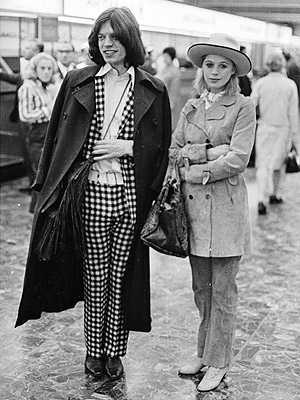

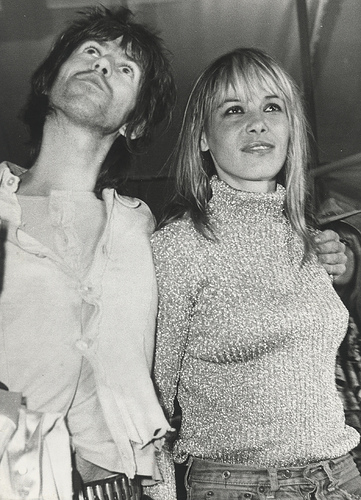
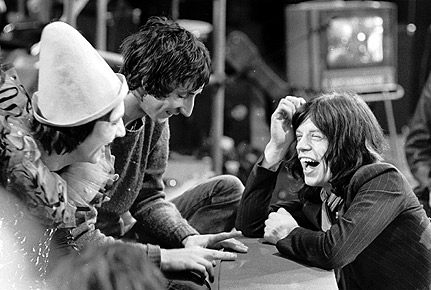
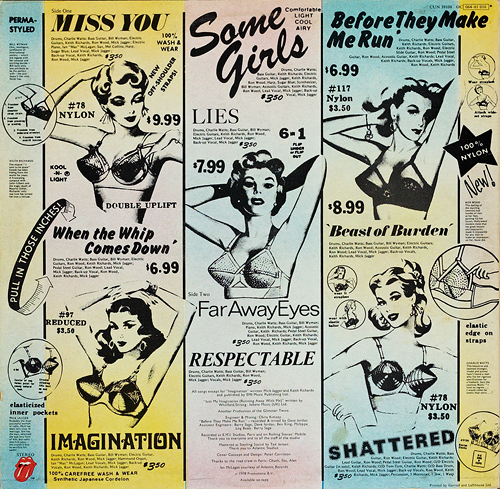
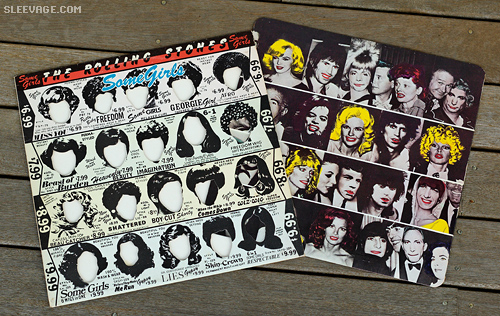
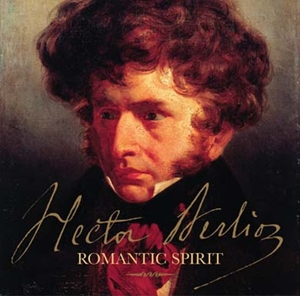
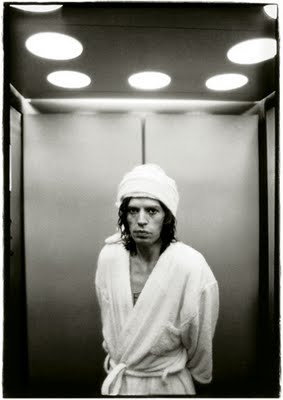
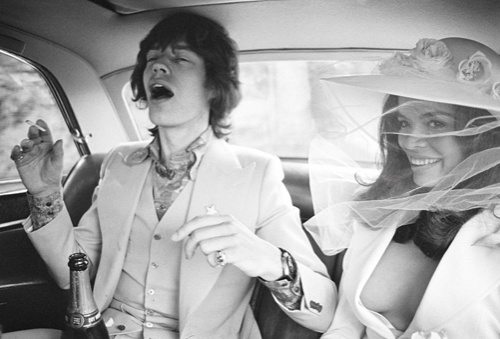
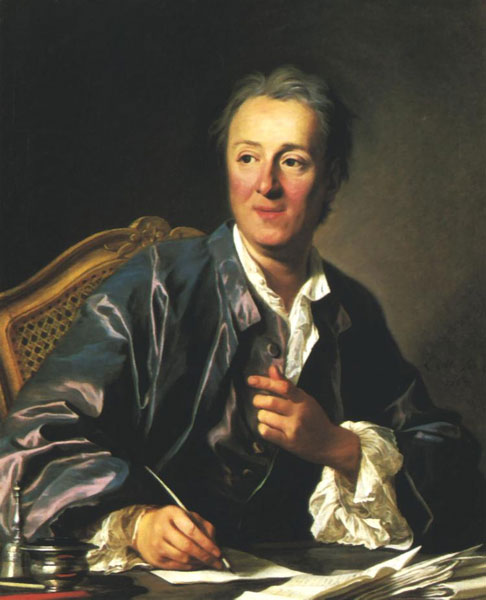





 COMMENTS
COMMENTS




I will take a look at your site and get back to you shortly. thanks for reading.